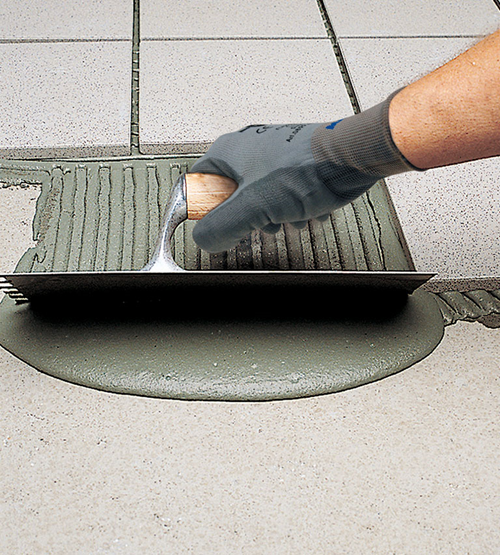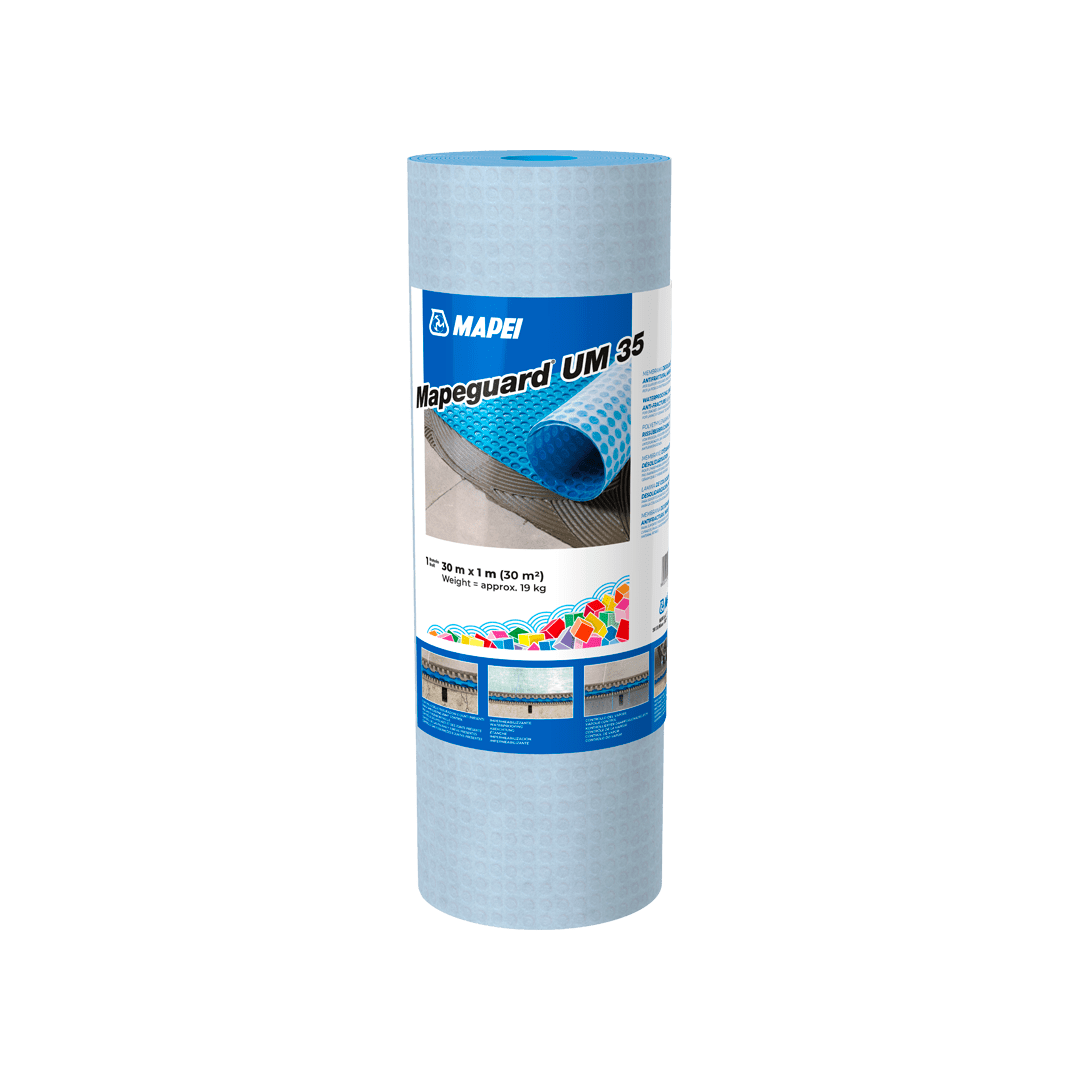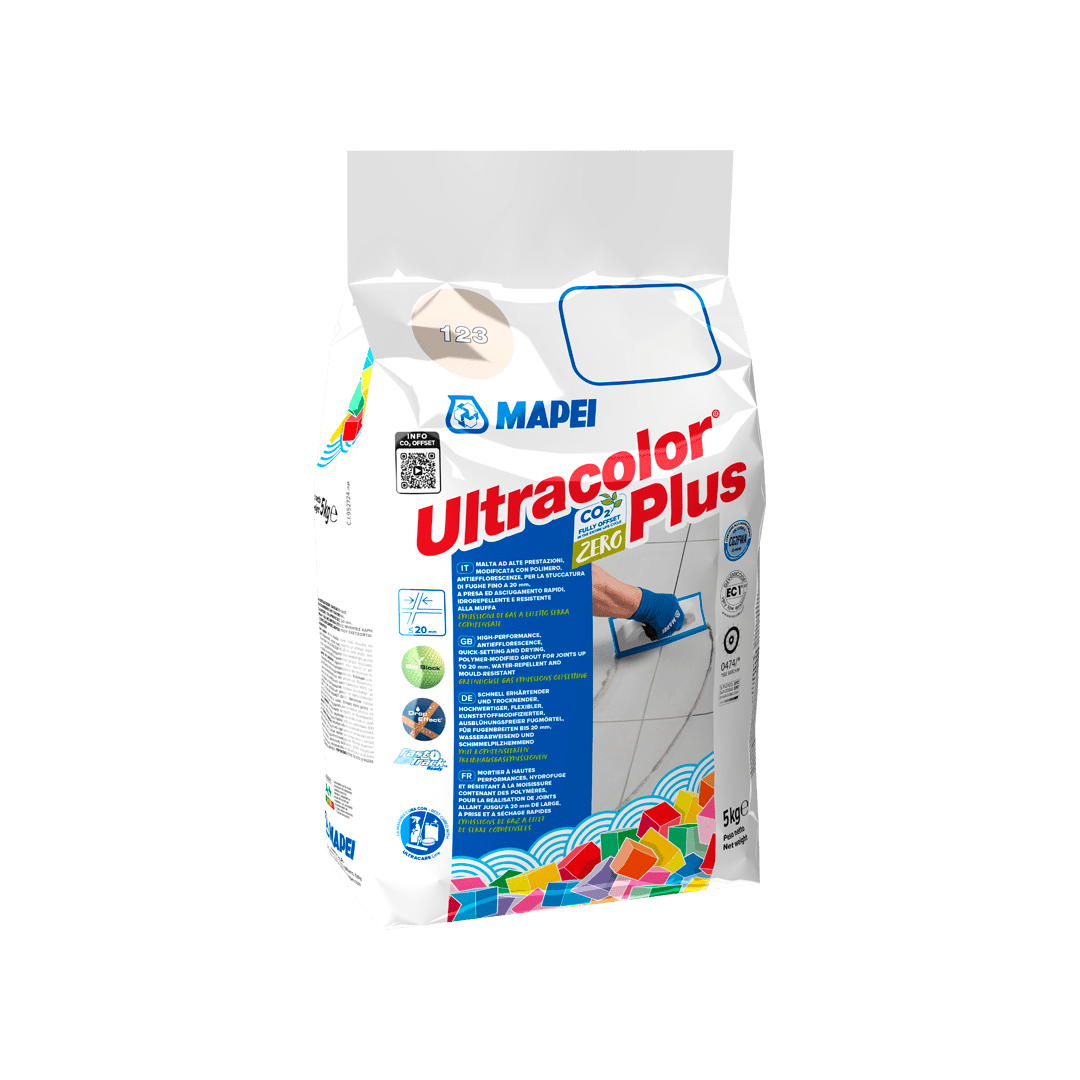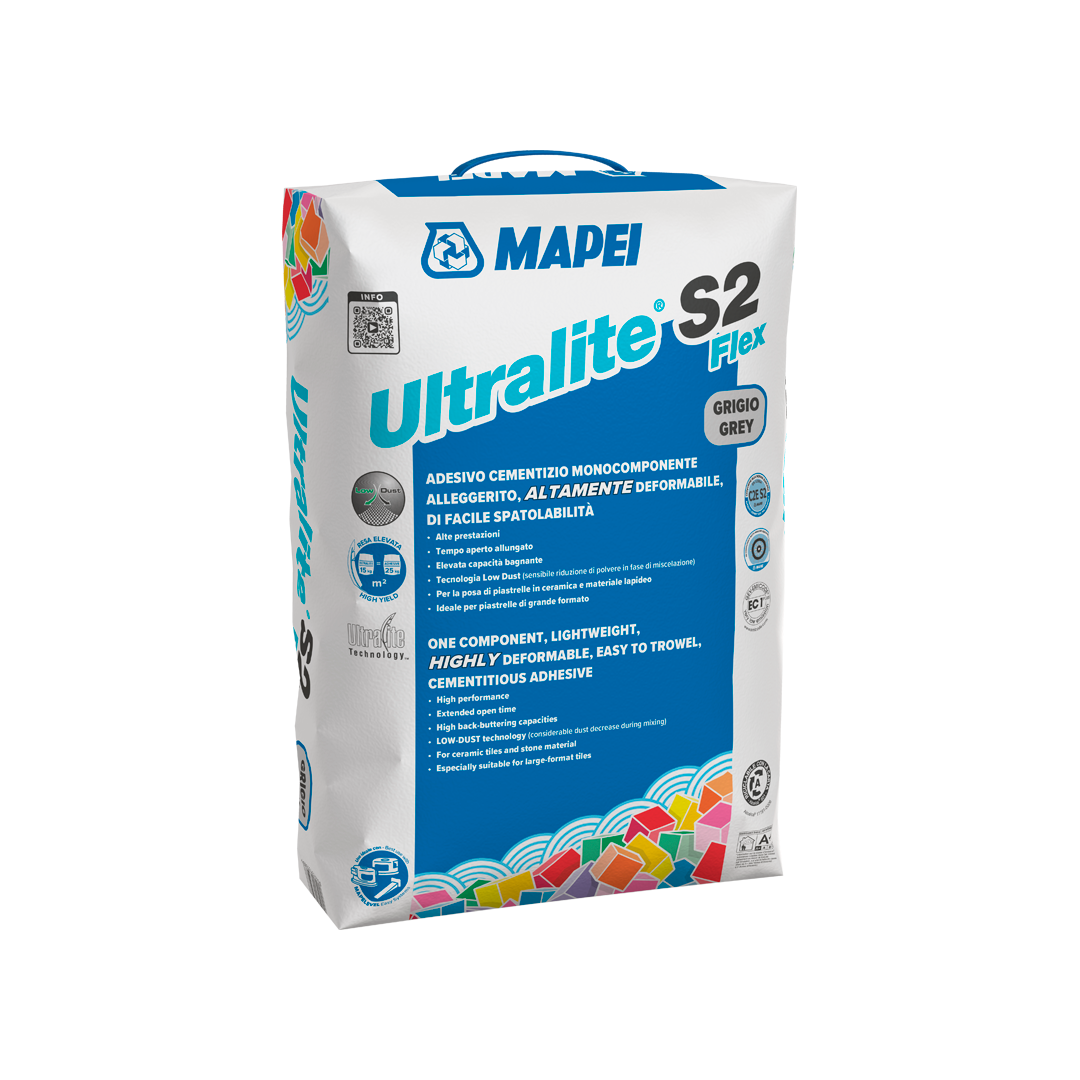

Projects
/
6/11/2024
Large format tiles for the façades and interiors
Large format tiles were bonded with mapei lightweight adhesives in a villa in southern Brazil
Large-format Italian ceramic tiles were used to cover the façades of Casa do Vale, a villa in southern Brazil. Mapei Brasil provided waterproofing and installation solutions. The roof was waterproofed with PURTOP EASY polyurethane membrane, chosen for its durability and resistance.
Large format Italian ceramic tiles cover the façades of Casa do Vale, a recently constructed villa in Bento Gonçalves in the Rio Grande do Sul state, in the southern part of Brazil.
Situated in a panoramic position in the lush, wooded vegetated hills, the villa is located in the Vale do Vinhedos, an area inhabited by a large number of people of Italian origin. And apart from the ceramic tiles, the waterproofing and installation solutions were also of Italian origin, supplied by Mapei through its subsidiary Mapei Brasil.
Before installing the tiles, the substrates in the swimming pool and bathrooms were waterproofed with MAPELASTIC SMART two-component high-flexibility cementitious mortar with high crack-bridging capacity. The large ceramic tiles (measuring 1.6x3.2 m) were installed on the façades using ULTRALITE S2 (available on the international market as ULTRALITE S2 FLEX), a one-component, highly deformable, lightweight adhesive. This product was chosen for installing large format tiles (1,6x3,2 m) on the façades due to its great deformability and to avoid any risk related to the installation on vertical surfaces
MAPESIL LM was chosen to seal the joints, a neutral, mould-resistant silicone sealant, whose chemical nature deters surface bleeding or the migration of plasticising agents which would otherwise stain the stone surface.

Inside the villa, MAPEGUARD UM 35 waterproofing membrane was applied over the screeds.
Solutions for the interiors
Inside the villa, MAPEGUARD UM 35 anti-fracture, uncoupling and waterproofing membrane was applied over the screed made from TOPCEM hydraulic binder. This membrane was chosen because it enables ceramic and stone tiles to be installed without having to copy the layout of control joints and expansion joints of the substrate. This also helped improving the overall heating performance of the floor.
Inside the villa, the floor and wall tiles were installed using ULTRALITE S1 deformable, lightweight adhesive (now available in Brasil and in the international market as ULTRALITE S1 FLEX ZERO* with fully offset CO2 emissions).
Tile joints were grouted with ULTRACOLOR PLUS cementitious mortar, which is also part of the ZERO* line, as for both interior and exterior surfaces. The expansion joints of the ceramic coverings were sealed with MAPESIL AC silicone sealant.
PURTOP EASY polyurethane membrane was chosen to waterproof the roof. The product is highly elastic, versatile and easy to apply. It was chosen due to its durability, mechanical resistance and resistance to light foot traffic, since some areas of the roof were left exposed whiile others were covered with a green garden.

ULTRACOLOR PLUS was used for grouting the joints on the façades.
Project information
Casa do Vale villa, Bento Gonçalves, Brazil
Period of construction: 2020-2023
Year of Mapei intervention: 2021
Intervention by Mapei: supplying products to waterproof substrates and install ceramic tiles on façades, swimming pools and interior walls and floors
Owner: Lando Design
Designers: Marlon Tondo Lando, Carolina Onzi Giovanella and Ângela Paludo
Works direction: Carolina Onzi Giovanella
Ceramic tile installation company: Tio Chico
Mapei coordinators: Marcelo Saad, Rafael Mras and Rodrigo Lopes (Mapei Brasil)

















